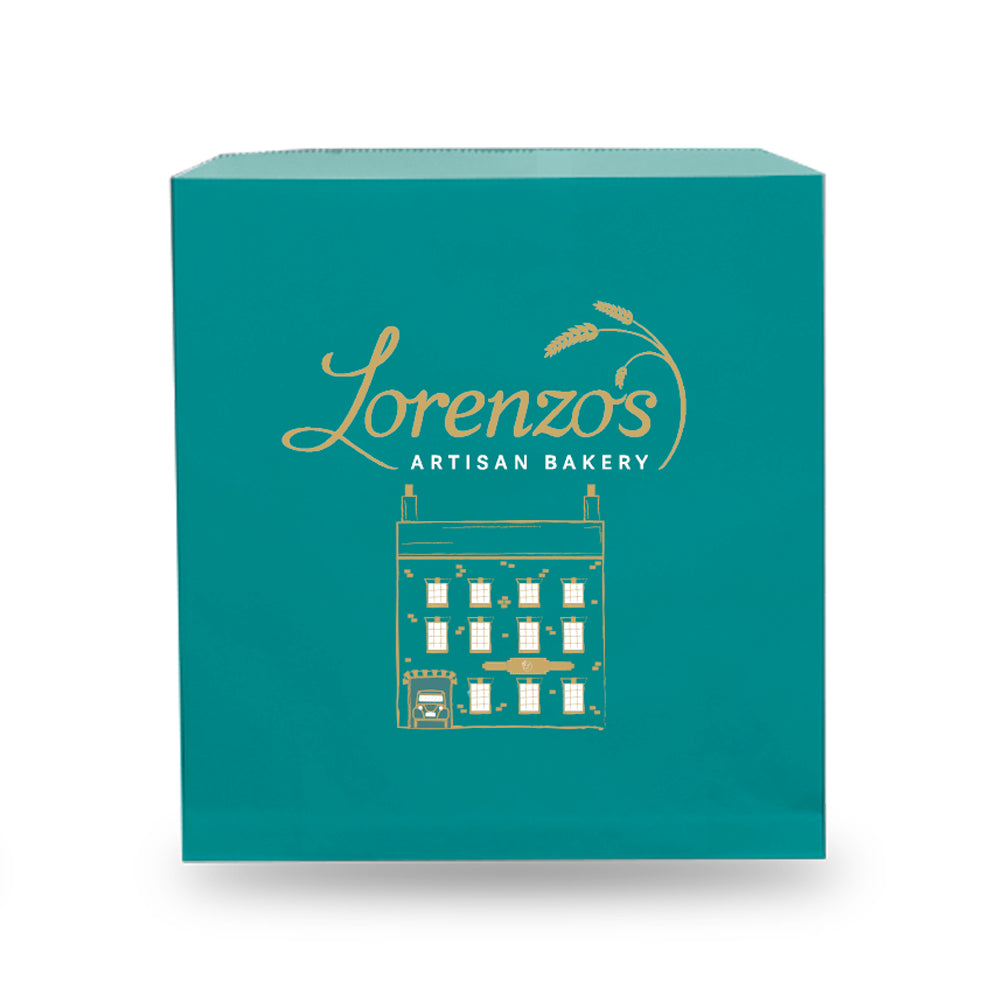Food Flags A Culinary Representation of Nations
Food is not only essential for sustenance but also serves as a cultural expression, a mirror of a nation’s heritage, and a celebration of its identity. This concept translates beautifully into the idea of “food flags,” where traditional dishes symbolize the colors, patterns, and national pride of various countries, transforming the plate into a canvas of cultural representation.
Each nation boasts its unique culinary traditions, often reflecting its geography, history, and people. For instance, the vibrant colors of the Italian flag might remind one of a Caprese salad, garnished with the freshest basil, mozzarella, and tomatoes, embodying the red, white, and green hues of the Italian flag. This dish not only tantalizes taste buds but also transports diners to the sun-drenched landscapes of Italy, showcasing both its farms and its love for fresh, high-quality ingredients.
Similarly, the colorful spices of India are reminiscent of the rich palette of the Indian flag. Dishes like Biryani, with its saffron hues, and vibrant curries, often bursting with red chilies and green coriander, echo the diverse culture and traditions found across the subcontinent. Each ingredient tells a story of the region’s history, climate, and customs. Food becomes a celebration of Indian festivals, family gatherings, and the warmth of hospitality.
food flags

In contrast, the minimalist design of the Japanese flag can be paralleled with the simplicity and elegance of sushi. A beautifully arranged plate of nigiri, with the pristine white rice and luscious slices of red tuna, represents harmony and balance—a fundamental concept in Japanese culture. The meticulous preparation of sushi reflects a philosophy of respect for the ingredients, showcasing a deep appreciation for nature and seasonal changes.
South America’s vibrant landscape is mirrored in the culinary artistry of nations like Brazil. The colors of the Brazilian flag can be seen in dishes such as Moqueca, a fish stew enriched with tomatoes, peppers, and cilantro. These ingredients not only create a stunning visual feast but also embody the lively culture of Brazil, where food is often at the center of social gatherings and celebrations.
Food flags serve as a reminder of the interconnectedness of cultures around the globe. Through culinary experiences, people can embark on a journey across different countries, sampling the unique flavors that tell the stories of their origins. Traveling through food transcends geographical barriers, allowing individuals to appreciate the nuances and diversity of global cuisines.
In a world that often appears divided, food flags symbolize unity and shared experiences. They remind us that, while our backgrounds may differ, we can come together over a meal that represents a piece of our heritage. So, the next time you savor a dish that reflects a national flag, remember that you are not just enjoying food; you are partaking in a shared narrative of culture, pride, and identity that transcends borders. Embrace the flavors, colors, and stories of food flags as they invite you to celebrate the wonderful tapestry of global cuisine.



